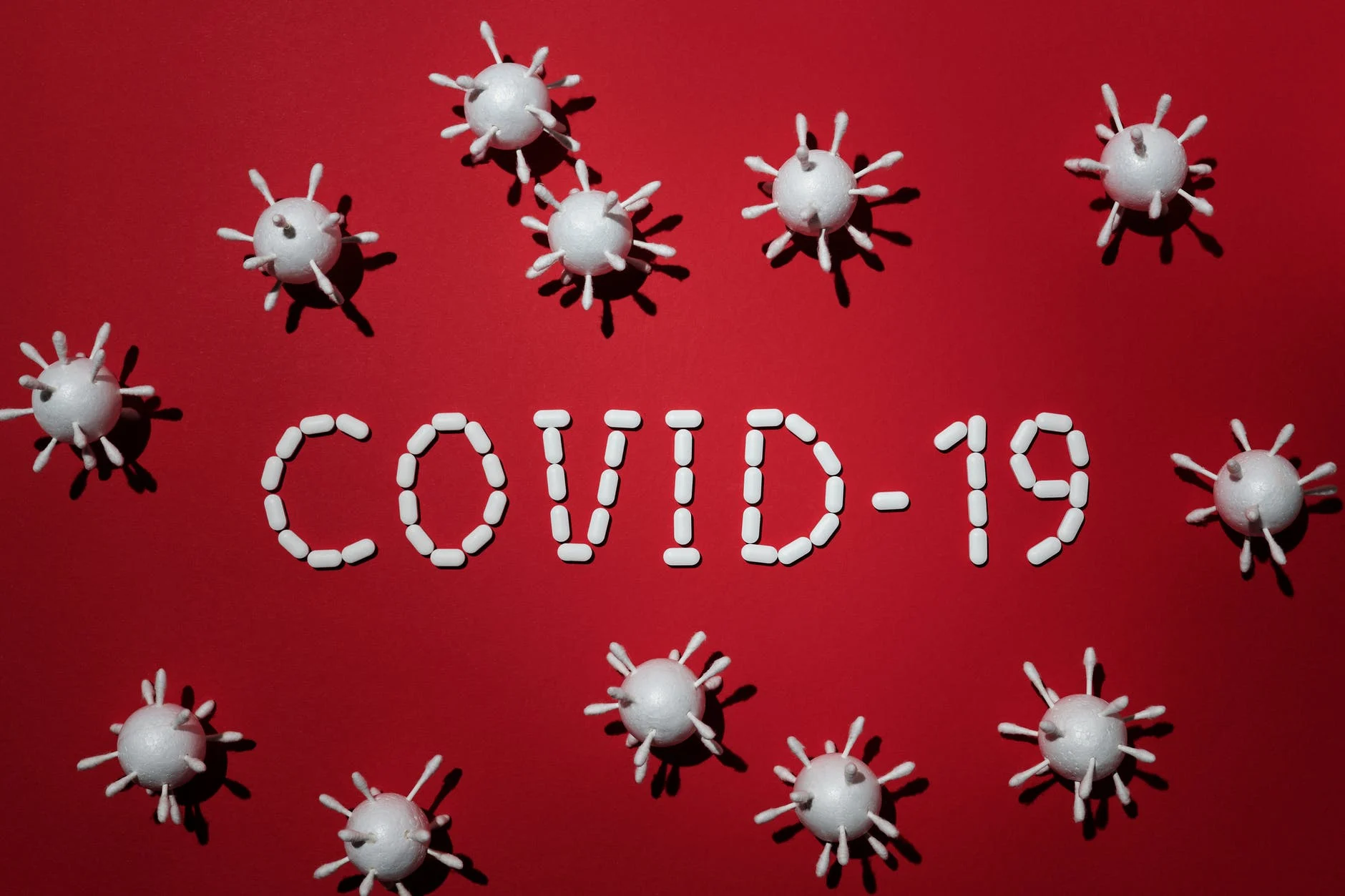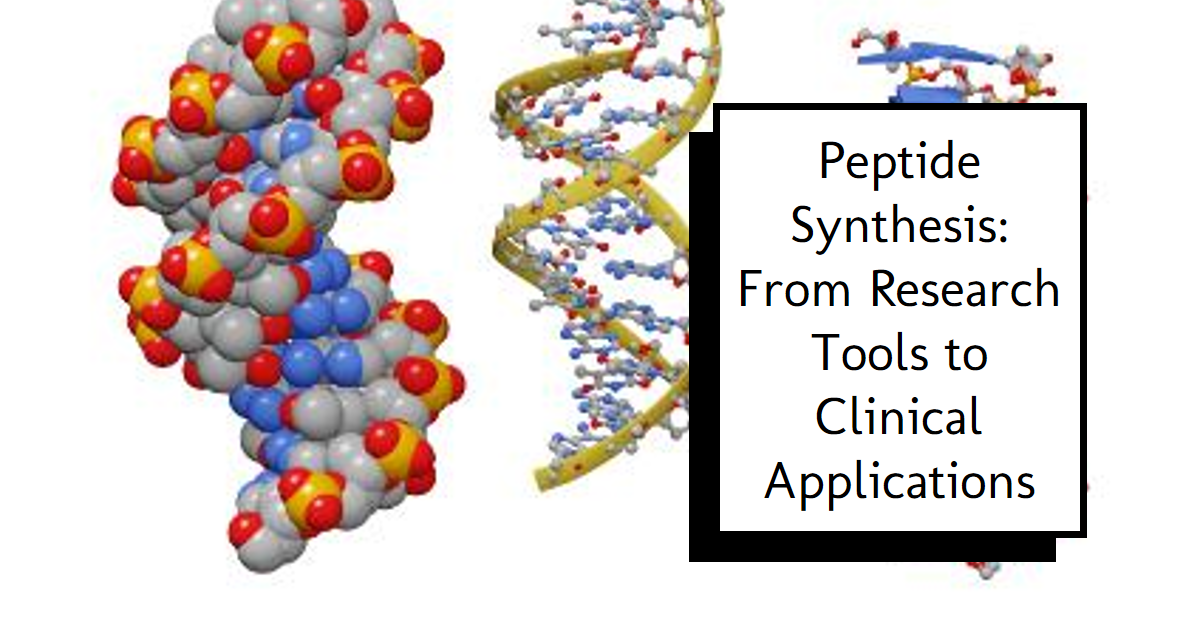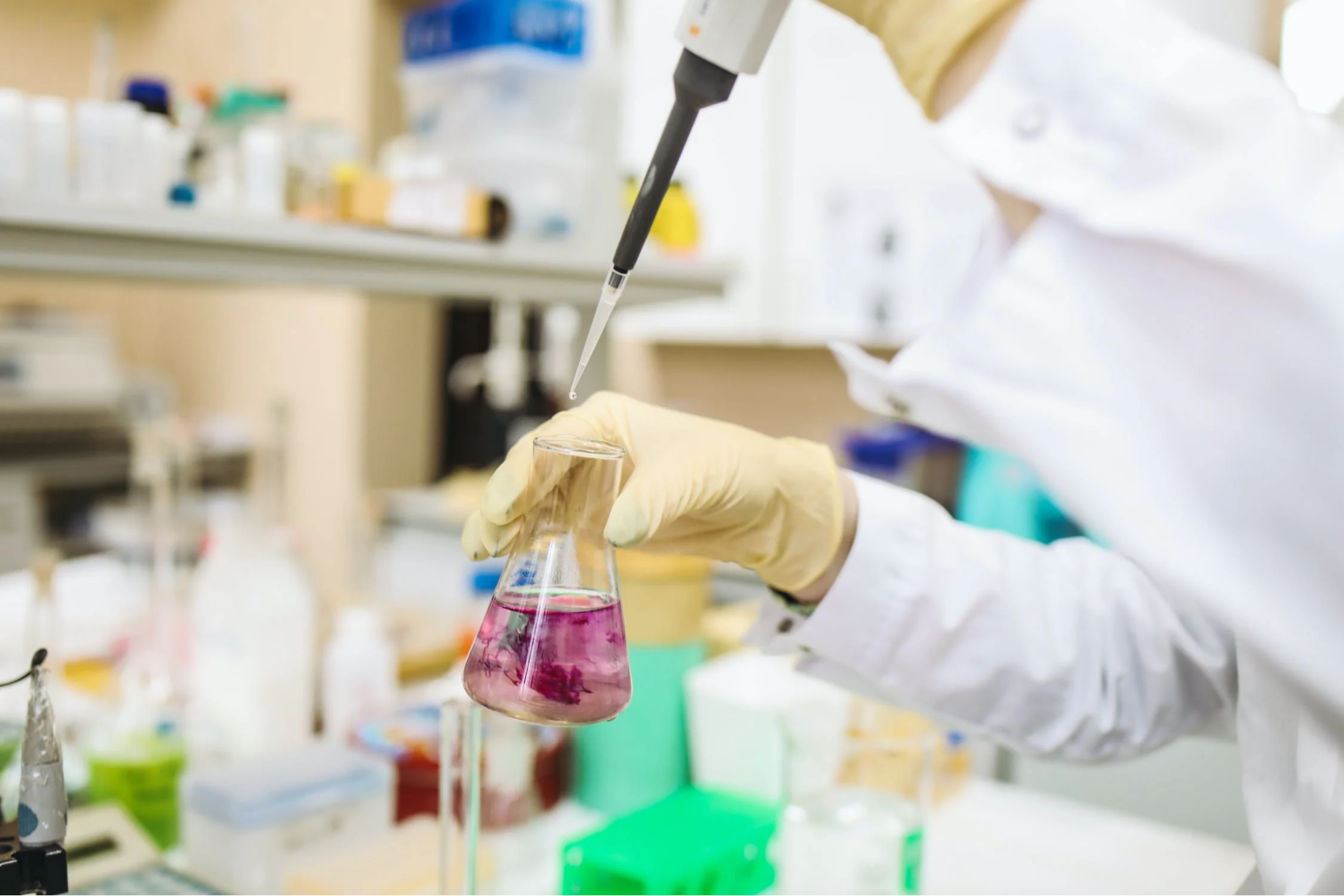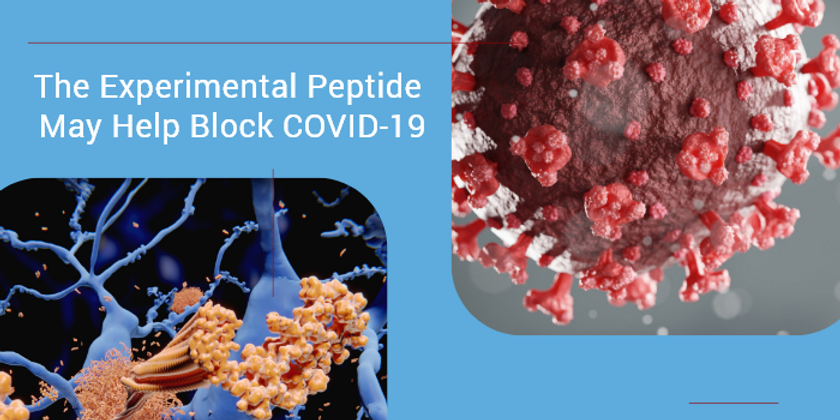The Experimental Peptide May Help Block COVID-19
May 7th 2021
The Experimental Peptide May Help Block COVID-19
2020 has been the busiest year for biologists and scientists. While several are studying the coronavirus's upcoming strains, some conduct various forms and types of studies to find a way to subside the spread. In a parallel space, scientists have come across a rare possible inlet that may block the virus from entering human cells. This drug is a meager protein component, which may mimic proteins found on the human cells’ surface.
Last year, when the virus was at its peak, many people were unclear about how it penetrates the body. Consequently, this made scientists conduct several experiments on alleviating the virus’s symptoms, but hardly any observed the medium through which it gets absorbed. However, some results have shown a new peptide that can interact with the viral protein used by the coronavirus as a medium to make its way into the human cells.
Scientists’ Take On Peptide Breakthrough

Brad Pentelute, professor of chemistry at MIT, working on the peptide, stated that they might have a lead component to work on. Furthermore, it does bind against the viral protein in the process that they had already predicted. Not only does this allow professionals to experiment more, but it also shows that there is a chance of suppressing the virus’ entry into the body’s host cell. His research team reported some of the initial findings on 20 March 2020 and sent the peptide sample to all the collaborators involved to carry further testing in human cells.
Using computational ways of protein combinations and interactions, the MIT Lab and CBA (Center for Bits and Atoms) designed a specific peptide. This fragment could interact with the coronavirus proteins and push them into a particular pathway that eventually breaks them apart. Besides, such a peptide can be a potential treatment that may prevent the coronavirus from multiplying within one’s infected cells.
One of the Ph.D. recipients, Dr. Pranam Chatterjee, stated that his team’s idea was to utilize computational methods to engineer peptides to battle COVID-19 strains and their effects on human bodies. Moving on, the team of researchers has now planned on conducting additional animal and cell studies to evaluate the efficacy of previous therapeutic results.
Penetrating Through Molecular Targeting Techniques
Peptide synthesis companies have been working to find an optimum technique to penetrate the virus’s presence in a host cell. Pentelute’s lab started working on such a determined project in March last year as soon as they came across the articles of the coronavirus’ Cryo-EM structure spike protein published in China. Coronaviruses that include SARS-CoV-2 have several protein spikes from their envelope of viruses. Coronaviruses, including SARS-CoV-2, causing the ongoing COVID-19 outbreak, have several protein spikes protruding through their viral envelope.
Studies conducted on SARS-CoV-2 have shown that specific regions of a spike protein bind to receptors known as angiotensin-converting enzymes (ACE2). This spike protein’s region is a receptor-binding domain found on human cells’ surface, including those present in the lungs. Speaking of which, ACE2 receptors are also the entry points for coronavirus that earlier caused the SARS outbreak in 2002-03.
In hopes of crafting drugs that may block the viral entry, one of the postdocs at the Pentelute’s lab, Genwei Zhang, carried out computational simulations. These were interactions between the receptor-binding domain and the ACE2 receptor of the viral spike protein. Furthermore, the interaction gave out the region occupied by the receptor-binding domain. It is this area where the binding receptor interacts with the ACE2 ones. Researchers refer to those described above as an ACE2’s stretch that can form a structure known as the alpha helix.
Such a simulating process can give a picture of how molecules and atoms bind against each other. Moreover, it also demonstrates parts that are vital for these interactions. Zhang later added that molecular dynamics could help narrow down specific areas that researchers tend to focus on to develop coronavirus therapeutics.
MIT Team’s Research

Post receptor interactions, the MIT team utilized the peptide synthesis technology earlier developed by Pentelute’s lab. Consequently, the team performed this to quickly generate 23-amino acid peptides with similar sequences as the ACE2 receptor’s alpha helix. Their custom peptide synthesis equipment can help form bonds between proteins’ building blocks, amino acids, in around 37 seconds. It usually takes about sixty minutes to produce whole peptide molecules that comprise up to fifty amino acids.
Pentelute quotes, ‘our team has built such platforms for rapid turnaround.’ This is the reason why the research team has reached this point in no time. Credit goes to the tools built at MIT.
Pentelute also ended up synthesizing a shorter sequence of 12 amino acids. These acids are a part of alpha-helix, which further gets tested at MIT’s Biophysical Instrumentation wing. While many would argue on the testing, lead researchers explain that the lab’s equipment can calculate how strongly some molecules interact and bind together. When the results came out, it showed the extended peptide to bind against receptor-binding domains. However, the shorter peptide of the viral spike protein exhibited negligible binding and interaction.
How do other variants work?

Even though MIT researchers have been pushing back their research since March, Pentelute lab got special permissions, allowing a small research group to continue the project. This small group of technicians is now generating around hundred peptide variants to increase the interactive strength and making it more subtle and stable amid the body. Pentelute says, ‘we now have confidence over the interactive region of the molecule.’ Moreover, all this insight can be used to guide the refinement process further. That is to achieve an extended affinity and potency to block the cell entry of the virus.
Meanwhile, all the researchers working on this project have sent their actual 23-amino acid peptides to the Icahn Medicine School's specific research labs. If you are wondering what are these lab reports based on? These are human cell and animal model testing for the coronavirus infection.
Since several research teams worldwide utilize multiple approaches to find new therapeutics for COVID-19, Pentelute believes that his laboratory is one of the few working on peptide drugs. One such benefit of these drugs is that they are pretty straightforward to manufacture or generate larger quantities. Moreover, they also have a significant surface area as compared to small-molecule drugs.
Peptides are generally large molecules, allowing them the grip onto the viral spike proteins and inhibit entry into human cells. On the other hand, if you utilize a smaller molecule, it is challenging to block the entire area that the virus has taken up. Since antibodies have a larger surface space, such a factor might prove vital. The only challenge is that this takes a bit longer to discover and manufacture.
What are modeling peptides?
Researchers and scientists have been going after multiple strategies to generate all-new therapeutics against the coronavirus. Under this, a specific body develops antibodies that can bind to viral proteins and inactivate them in the process. Simultaneously, one of the approaches utilizes small fragments of proteins known as peptides rather than antibodies.
It is essential to know how MIT researchers have turned around the research time through their peptide engineering. Not only did they enable the binding to the viral spike protein, but they also triggered multiple cells to break off viral proteins. The initial idea was to acquire the peptides to recruit natural proteins known as E3 ubiquitin ligases. These proteins can typically mark proteins to destroy when present cells do not need each other. To produce snake-protein-binding peptides, scientists utilized a computational model, as already discussed. However, such a model can optimize the binding strength of proteins. Many other researchers from different departments also played a vital role in the genome-editing method, referred to as CRISPR.
One should acknowledge the fact that the CRISPR-Cas9 enzymes may target around 70% of DNA sequences. Meanwhile, the most used CRISPR-Cas9 tends to reach only around 10%. In such a case, scientists used this scenario as their beginning point. It helped them locate specific forms of human cells that interact with the viral spike protein.
The ACE2 Model
Whenever a different set of researchers work on the same model, many results come through. In the case of ACE2, researchers from Pentelute used a similar model in little fragments. Later on, they computationally predicted how such fragments would bind with spike proteins. Moreover, they made the model optimize three of the essential features.

- The team engineered peptides to acquire robust binding affinity against the spike protein.
- It was established that the tested peptides could interact with other viral spike proteins in hopes for them to react against past and new strains of the virus.
- They also ensured that all the peptides do not interact or bind firmly to integrins, referred to as human proteins that generally interact with the body’s ACE2 receptors.
Such a process produced around twenty-five candidate peptides. Moreover, the scientists working on these tests fused to the E3 ubiquitin ligase and later carried out tests in human cells. While several tests were taking place at this point, the results expressed a meager presence of a spike protein, referred to as the RBD or receptor-binding domain.
One of the best candidates for this test, a 23-amino-acid peptide, helped break down around twenty percent of the receptor-binding proteins amid human cells. However, such a peptide did not play any role or work along with the ACE2 protein, which, in the process, broke down thirty percent of the proteins of the RBD. Meanwhile, to enhance the peptide’s act, scientists utilized their existing model to simulate how the RBD interactions would get affected.
This was done after the researchers ensured the substitutions of binding proteins with various amino acids at every 23 positions they had in the test. They came up with an optimization method that yielded a mutant peptide. The particular peptide ended up with an improved degradation rate of over fifty percent.
Tagged For Destruction
One of the vital advantages of the peptide is its meager size. Here, the peptide size matters a lot, even after the fusing process with the E3 ubiquitin ligase, where the entirety of the chain is about 200 amino acids in length. Furthermore, the scientists envision that DNA or RNA encoding could be generated through harmless viruses known as adeno-associated viruses.
Another possibility can be to produce such a peptide product on its own, which allows it to interact with the viral spike protein. This would occur outside cells but can enter the human cells along with the virus. The scientist revealed that when the virus enters the human cell, it could be tagged with destruction.
After these results and tagging, scientists would perform tests on peptides infected with the coronavirus, getting accommodated in the human cells. These tests will occur at a specialized biosafety lab just outside MIT. If the tests are close to successful, researchers hope to carry the tests amid animal models to observe more results and possibilities. Moreover, they improve the peptide even more, to interact with the viral spike protein more abundantly and aggressively.
Results
The MIT researchers and other teams used new technologies in crystalizing microscopy and proteins to examine images of ACE2 and SARS-CoV-2 receptors. They looked specifically at the spike protein and the point where it binds against the ACE2 receptor. After observing the spiral tail on ACE2 receptors, researchers focused on conducting several more tests on peptides to observe if any would encourage the viral spike protein to interact and alleviate the virus’s ability to boost cell cultures.
The Bottom Line
Researchers were more interested in developing the shortest peptides that could interact with spike proteins using several amounts of contact points. As compared to some controls, the team of researchers found that a couple of peptides, one with more prominent compact points, the other with minimum contact points, typically reduced how the virus infected the cell culture. Such a finding is considerable because when the virus interacts with a peptide, it can no longer interact with a human cell or replicate.

